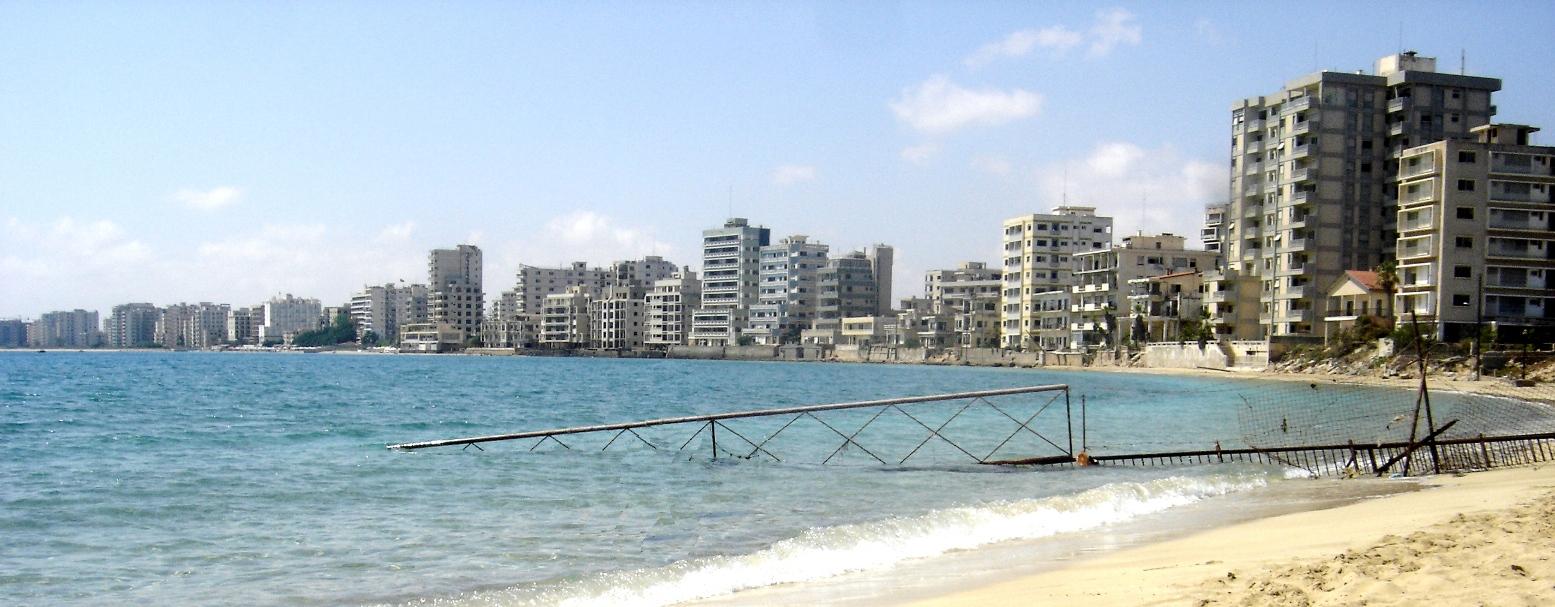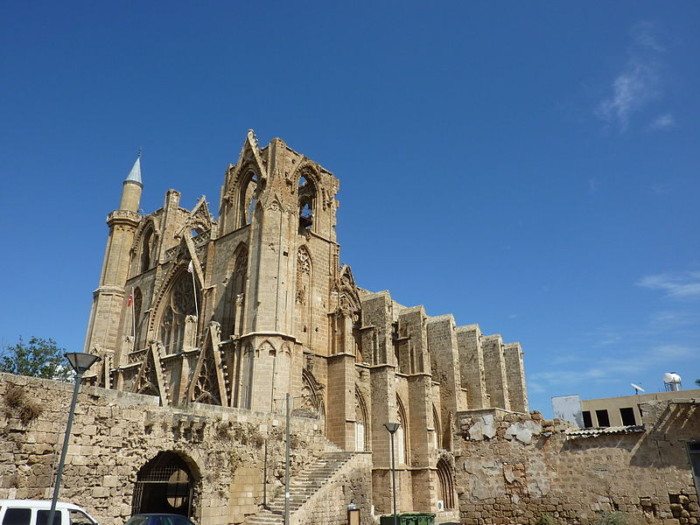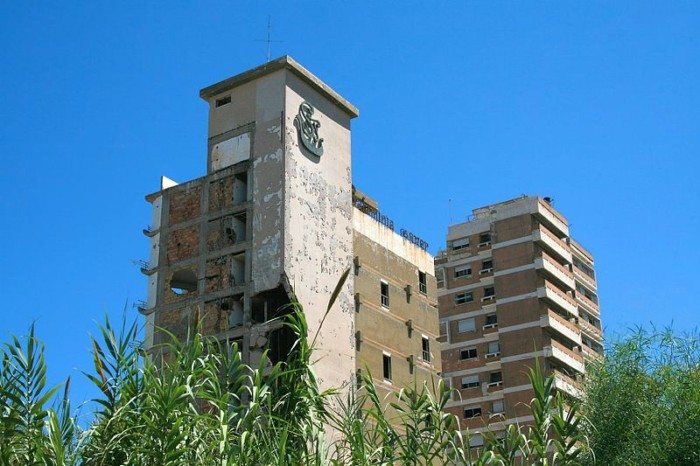Famagusta: A City of Conflict
I arrive at the city walls of Famagusta, Cyprus, unsure which of the accounts of the city I should expect to see vindicated. There, a Greek Cypriot border guard told me: “the place is a mess. They try and copy the architecture of the south, but they fail every time”. This didn’t fit with the tales of excess and splendour I had recently heard in London from a Greek Cypriot who grew up in the city. Soon I would understand the source of this contradiction.
Famagusta was built by the Venetians, after they seized control in 1489 to protect what would be an important part of their trade routes. This is a city that has conquest lingering in the air. The building before me was consecrated as a Roman Catholic Cathedral by the French Lusignan dynasty in 1328, came under Venetian rule for almost a century and fell to the Ottomans in 1571, who stripped it of iconography and converted it to a Mosque. Though they still stand, the Venetian defences were not enough. Now, after a relatively brief interjection from the British it again lies in the hands of the Ottoman line of succession. Anyone entering the city is sure to be aware of this as they are confronted by the so-called ‘victory monument’ soon after crossing the border. A collection of austere military figures bounded together in a grim copper artefact, it was built by the Turkish military shortly after their invasion of Cyprus in 1974.
I am briefly reminded of the resulting status quo as I sit down for lunch. I try to order a bowl of stifado, a richly flavoured stew that had become a new favourite of mine from the trip. “We don’t do that here”, the waitress said with a pitying smile. Still, I was able to able to have kebab of a quality that may have been hard to find in the south. And although ‘Cyprus Delights’ had once again become ‘Turkish Delights’, they nevertheless made a delicious end to the meal.
Whilst we ate I was told about a neighbouring part of Famugasta called ‘Varosha’, after the Turkish word for suburb, varos. My informer merely said that it used to be a very famous tourist destination in the 1970’s and that I should set aside part of my afternoon to visit. Sure enough, after later research I discovered that the area was the height of tourist luxury at the time and a favourite with the likes of Richard Burton and Brigitte Bardot. Soon, I started to wonder why I was sent there. In centre view was a looming hotel tower with a triangular chunk missing from its side. There was a grand white fountain in the shape of a dove, held together despite a pattern of cracks. When I arrived at the city boundary the situation became clear. Clinging to a barbed wire fence was a sign with the words ‘FORBIDDEN ZONE’ below a cartoon of an armoured soldier on a stark red background.
On 14th August 1974 Famagusta was bombarded by Turkish aircrafts as their tanks advanced into the city and overran the surrounding plains. Within two days the 19,000 residents of Varosha and total of around 50,000 people in the Famagusta area fled to the south of Cyprus, fearing a massacre. Since then the Varosha suburb has been locked down by the Turkish army and held as a bargaining chip in the long-running dispute between Turkey and the Republic of Cyprus regarding the northern territory. I spent some time walking around the outskirts of the city proper. On the backdrop of the sparkling Mediterranean I saw a forest of dilapidated buildings in the near distance.
I came across a children’s playground with shards of glass scattered across the asphalt amidst swings and merry-go-rounds. Climbing through the window of the school building behind I again heard the sound of Islamic prayer, now echoing through the school’s corridors. I saw rows of seats still in place and children’s artwork still on the walls. In one room the phrase ‘why is my life so depressing?’ had been painted in thick dark purple paint. As I took in the force of this, the sound of the prayer stopped and footsteps came towards me. A man emerged around the corner and with no introduction told me to get out, lest I be arrested by the Turkish army.
Unlike in the walled citadel, here there was no hiding from the past; the legacy of conflict was near and grating. It was there in the shattered windows, collapsing ceilings and abandoned relics of childhood. The contrast was surely not merely down to the averting joy of eating a kebab. In visiting this ruptured city you cannot help but wonder about the difficult line between Romanticisation and callousness when we look back to the past.




Comments